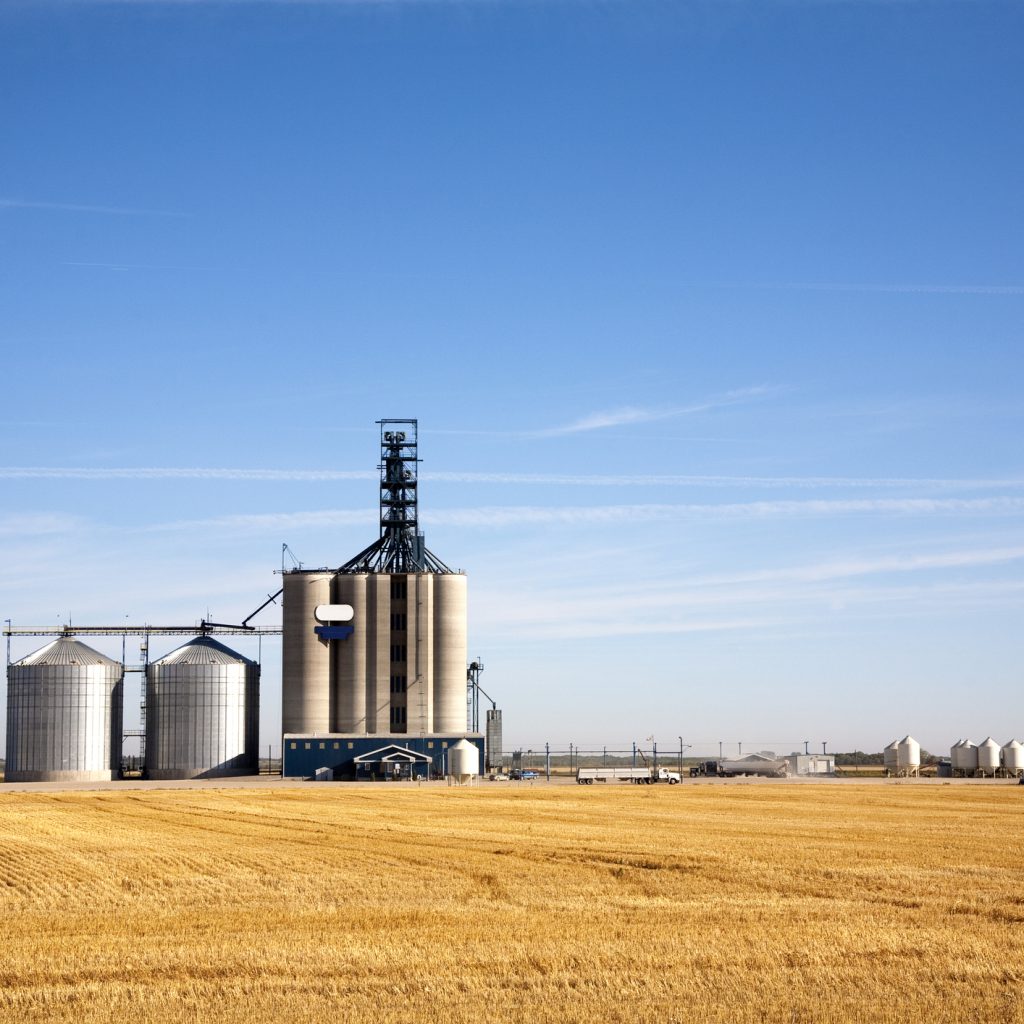Canadian crop outlook has improved since January says FCC
| 2 min read

Photo: Jameslee999/Getty Images Plus
Canadian farmers’ overall new crop outlook has improved since the beginning of the year, says Farm Credit Canada.
“Since last January’s outlook, crop margins have improved, though for most producers they remain close to breakeven levels,” wrote FCC senior economist Justin Shepherd on Wednesday.
Stronger prices
Overall, cash prices have strengthened since January and, while not at 2022 peaks, exceed long-term historical ranges.
For canola producers, strong Canadian exports and positive news about U.S. biofuel incentives have improved demand expectations, Shepherd said.
In July, U.S. Department of Agriculture lowered its forecast for 2025/26 global wheat production and wheat ending stocks—based in part on lower expectations for Canada. Excluding China, global ending stocks are nearly at a 20-year low, wrote Shepherd.
Biofuel policy is driving higher soybean crushings in the U.S. with the expectation that industrial use in 2025/26 will exceed food consumption for the first time.
Corn production is forecasted to jump this year in part due to a large Brazilian crop, “but higher consumption is expected to lead to ending stocks roughly unchanged year over year,” Shepherd added.
The U.S. corn crop is forecasted at 410 million tonnes, up from last year’s 378 million tonnes, noted analyst Jerry Klassen. U.S. corn will displace some feed barley in Alberta and will take 20 to 30 cents off the cost-per-pound gain for beef cattle.
Average crop year?
Normalized Difference Vegetation Index (NDVI) readings of the three Prairie provinces indicate average levels, suggesting yield potential within or slightly above the normal range, said Shepherd. July saw more rain than the previous year, though he noted some areas are seeing drought conditions.
Cypress County in southeastern Alberta has declared an agricultural emergency for the fourth time in five years. However, as of the week ending July 15, crop conditions were improving in much of the province. Heavy rainfall in Saskatchewan also benefited some of the less mature crops.
This year Ontario and Quebec saw planting delays due to excess moisture, however heat and rainfall have supported corn and soybean crops to progress toward typical development stages, said Shepherd.
Revenue outlook improved
Farmers’ revenue outlook has improved compared to FCC’s January forecast.
“This improvement is primarily attributed to slightly stronger pricing, as cost structures have remained relatively stable and yield projections are average across the major provinces,” Shepherd wrote.
Margins are expected to be higher than last year, but they continue to fall below the five-year average. For many producers, particularly once land costs are factored in, returns are projected to be at or near breakeven.
“It should be noted that actual results may improve should yields – or marketing opportunities – exceed our model’s baseline assumptions,” he added.


